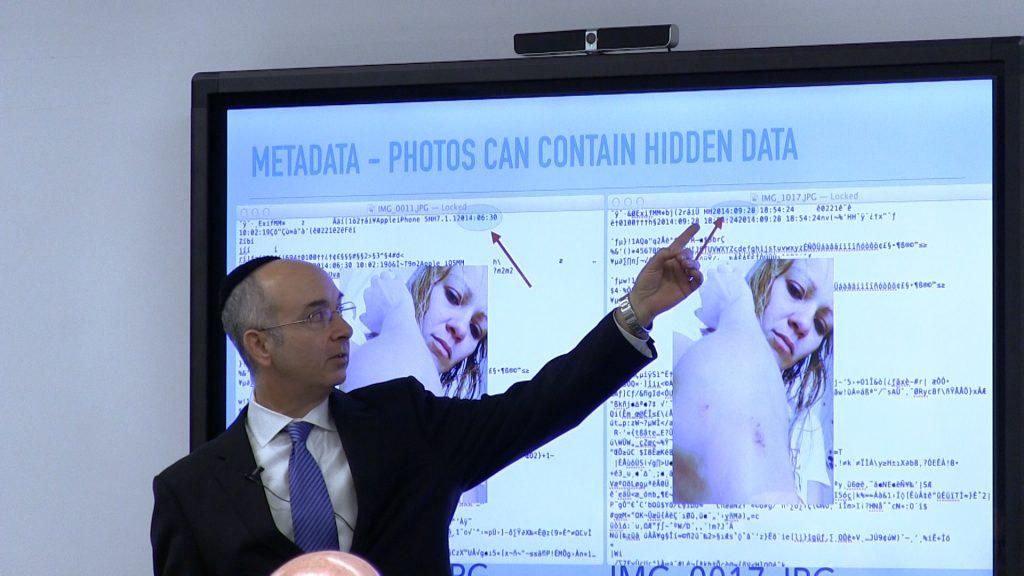
NCAVF recently helped win a complete victory in a family law case where a wife accused her husband, our client, of years of physical abuse. The wife introduced as her evidence multiple exhibits containing numerous digital pictures. Her goal was to establish her husband as an abuser in order to gain a path to citizenship and to gain substantial financial support from him. However, NCAVF was able to examine the digital image metadata and used it to prove the pictures were not taken when she claimed and did not support her claim of abuse.
“NCAVF proved the evidence was fabricated.”
— Attorney on this case
Cameras that took pictures on actual film created a beautiful photograph but with no other information attached to it. Digital cameras and smartphones have replaced film cameras, and with this new digital photography comes a level of information that film pictures never provided: metadata. Our client’s estranged wife used an iPhone to take dozens of “selfie” photos of her body showing bruises, cuts, and scratches she said were caused by our client. She entered these pictures into evidence as exhibits, hand wrote dates on the exhibits, and testified in court that the dates and images represented specific abuse that occurred immediately prior to the images being taken.
Without our help, the claims seemed very dire.
Fortunately, she did not seem to know that digital pictures often include embedded metadata.

Metadata, as it pertains to digital photos, is digital information (hidden from view) that reveals data about the image. This data may include the make and model of the device used to take the photo (such as a Canon camera or an iPhone 10), software used to manipulate the picture (such as Photoshop), a time/date stamping indicating when the picture was taken, whether a flash was used, and whether the front or back camera of a smartphone was used, etc. In some cases, smartphones that are GPS enabled can even leave a longitude/latitude coordinate indicating where the picture was taken. In this particular case, NCAVF carefully catalogued and sorted the metadata of many of the pictures that the wife used as her “evidence”. What was found was astonishing.
Many of the images NCAVF evaluated had hidden metadata revealing the pictures were all taken on one single date — this conflicted with the several dates being claimed for abuse. NCAVF also found duplicate copies of images with different metadata, evidence that metadata on images was either purposely or accidentally altered. An example of this alteration would be using software such as Apple’s iPhoto to alter a picture’s date. Apple’s iPhoto may alter the picture’s file info, but it doesn’t necessarily change the date embedded in the metadata; we found evidence of this taking place. Further, NCAVF found within the metadata of some pictures that either Photoshop, iPhoto, or another image manipulation program had been used to convert the images, indicating that these image files were not duplicates of the original digital images taken with the iPhone.
Our lead expert testified in court. He discussed the images brought as evidence against our client, showed the digital picture metadata for each image, and explained how the metadata of the images did not match the opposing side’s claims as shown in their exhibits. In the end, our client won a complete victory. The judge determined that the wife had zero credible evidence to establish a history of violence or abuse and threw out nearly all the digital picture evidence, and mid trial approved a motion to dismiss the case. This victory will not only save our client from having to pay tens or hundreds of thousands of dollars in spousal support, but it also clears our client’s name from a baseless accusation of abuse from his estranged wife.
NCAVF’s thorough investigation and knowledge of digital picture metadata and our testimony in court was key to the client’s successful vindication.